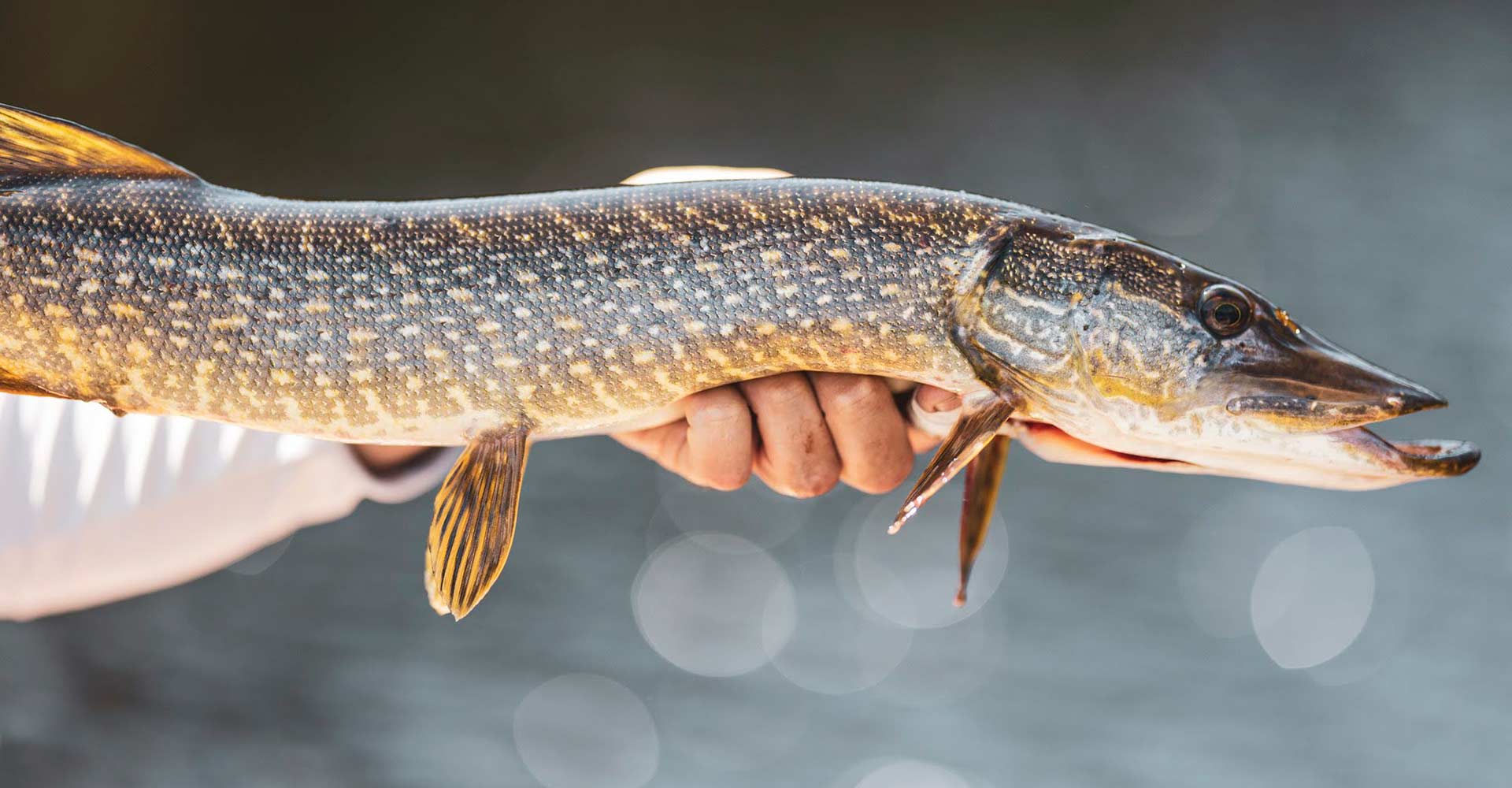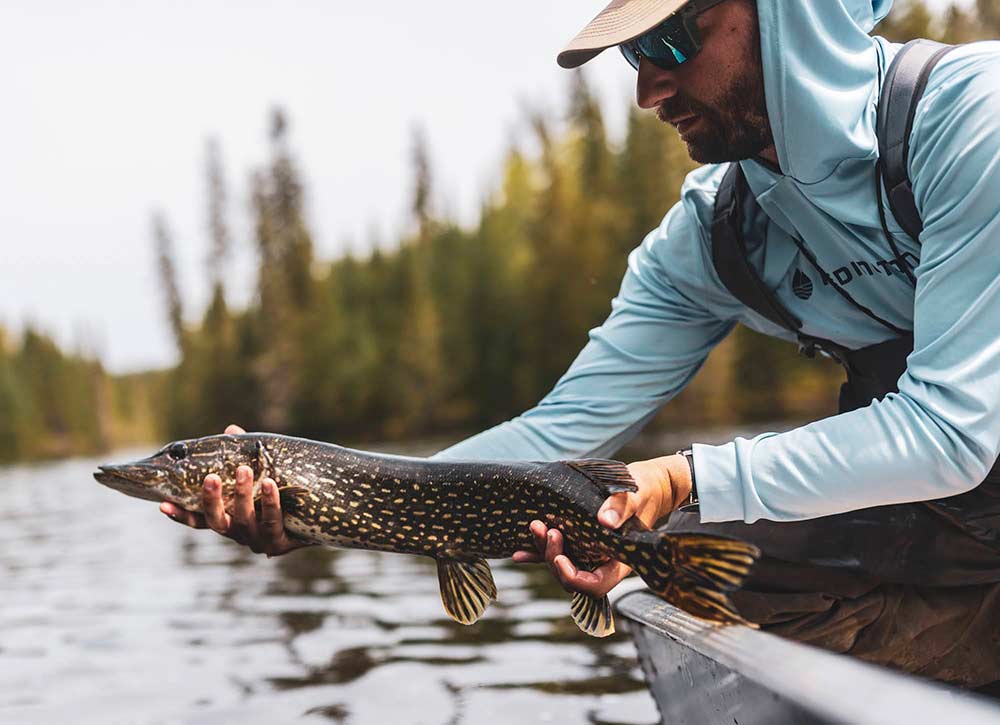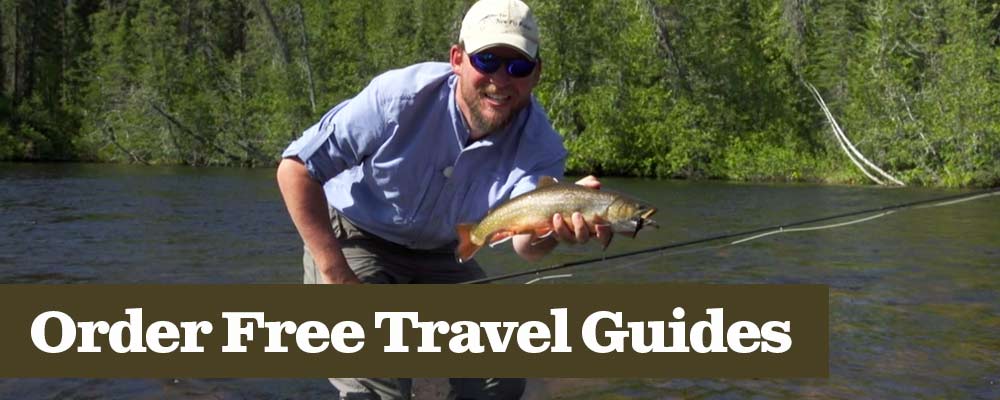The majority of fly anglers out there have the tools and equipment they need for their day-to-day trout fishing. It really doesn’t take much. A rod and reel set up with a floating line, a tapered leader and maybe a small net. With the growing interest in targeting Ontario’s other species on the fly, some specialized tools may be required. Especially when that species has a mouth full of razor-sharp teeth.
The waters of Algoma have endless opportunities to chase northern pike in situations perfectly suited to fly fishing. When it comes to planning for a trip, an angler will want to come prepared with the proper tools and equipment. It will increase their success and ensure the safe release of their catch. Here’s a list of 7 essentials for predator fly fishing that the travelling fly angler should not be without when the target species are northern pike.
1. Jaw Spreaders, Pliers And Wire Snips.
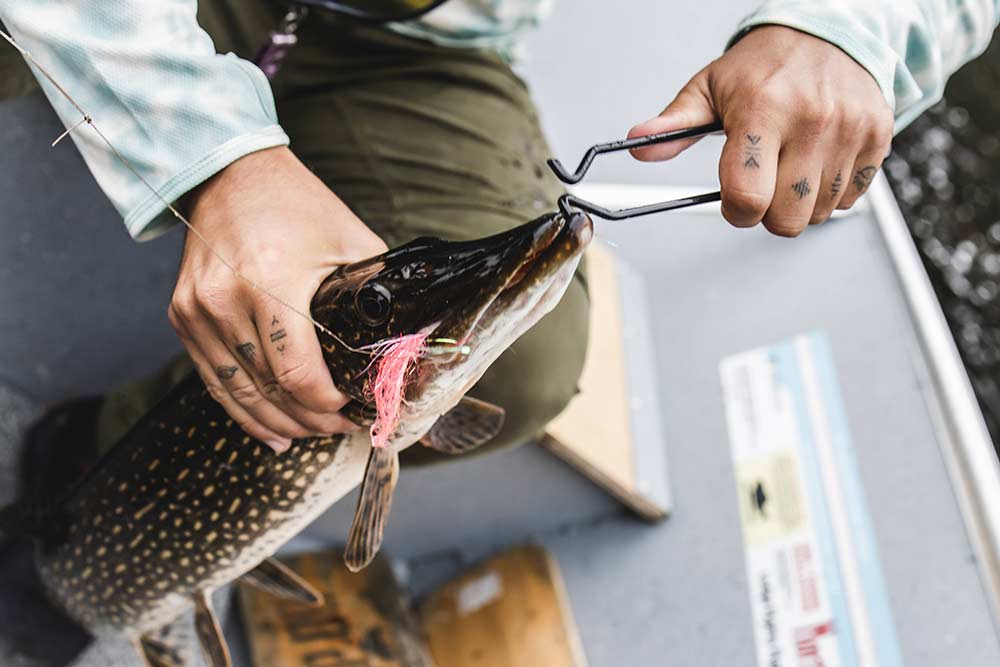
These are number one for a reason. Jaw spreaders and pliers allow for a speedy release and allow the angler to avoid potential injury when removing a hook. It’s worth bringing a second set as double-header hookups are not uncommon. Or, in my case, if a pike thrashes during unhooking and sends your only pair overboard. Wire snips are useful to cut the bend of the hook if the fish is hooked deep. This can often cause less injury to the fish.
2. Band-aids, Medical Tape And Stripping Guards.
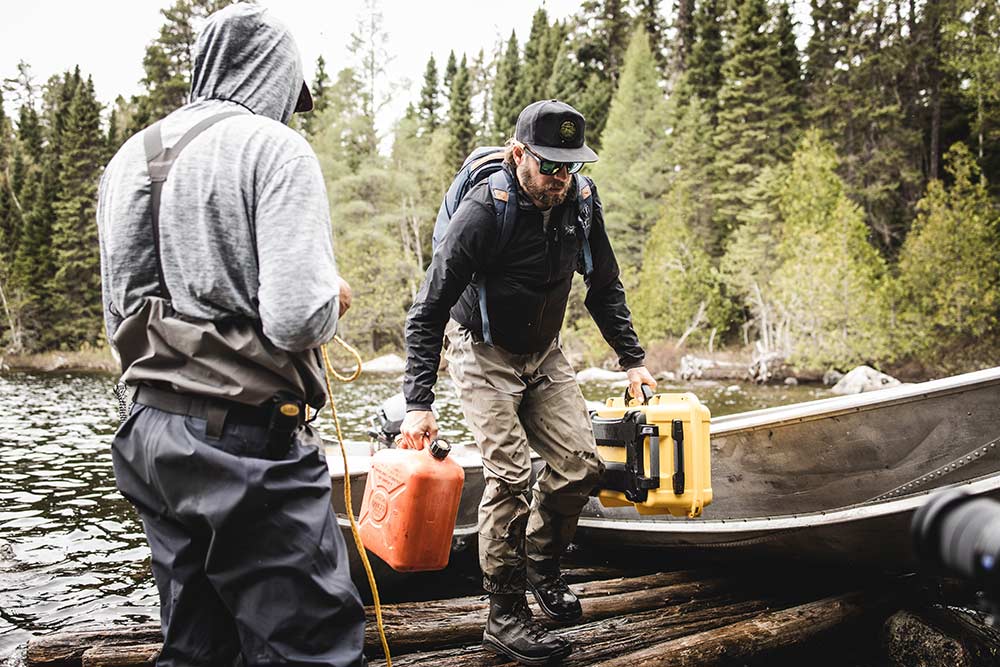
Dry sunburned hands, cracked skin, stripping blisters and small cuts are common when fly fishing for pike. Fly line rubbing against open cuts and cracks is enough to annoy and distract the angler. This can cause missed fish and a very uncomfortable experience. Packing quality band-aids, medical tape and stripping guards will allow for a quick patch-up, providing hand protection that allows the angler to get back in the game quickly.
3. A Hand Towel
Pike has an obvious slime layer that covers their body and protects against bacterial, viral and fungal infections. A spring fishing trip to Algoma means you are going to catch pike, lots of pike. Even if careful handling is practiced, an angler will soon become quite slimy. Keeping a towel handy to wipe your hands off is a good idea unless, at the end of the day, you want to be the lone stinky angler eating by themselves back at the lodge.
4. Bite Wire And Fly Snaps.
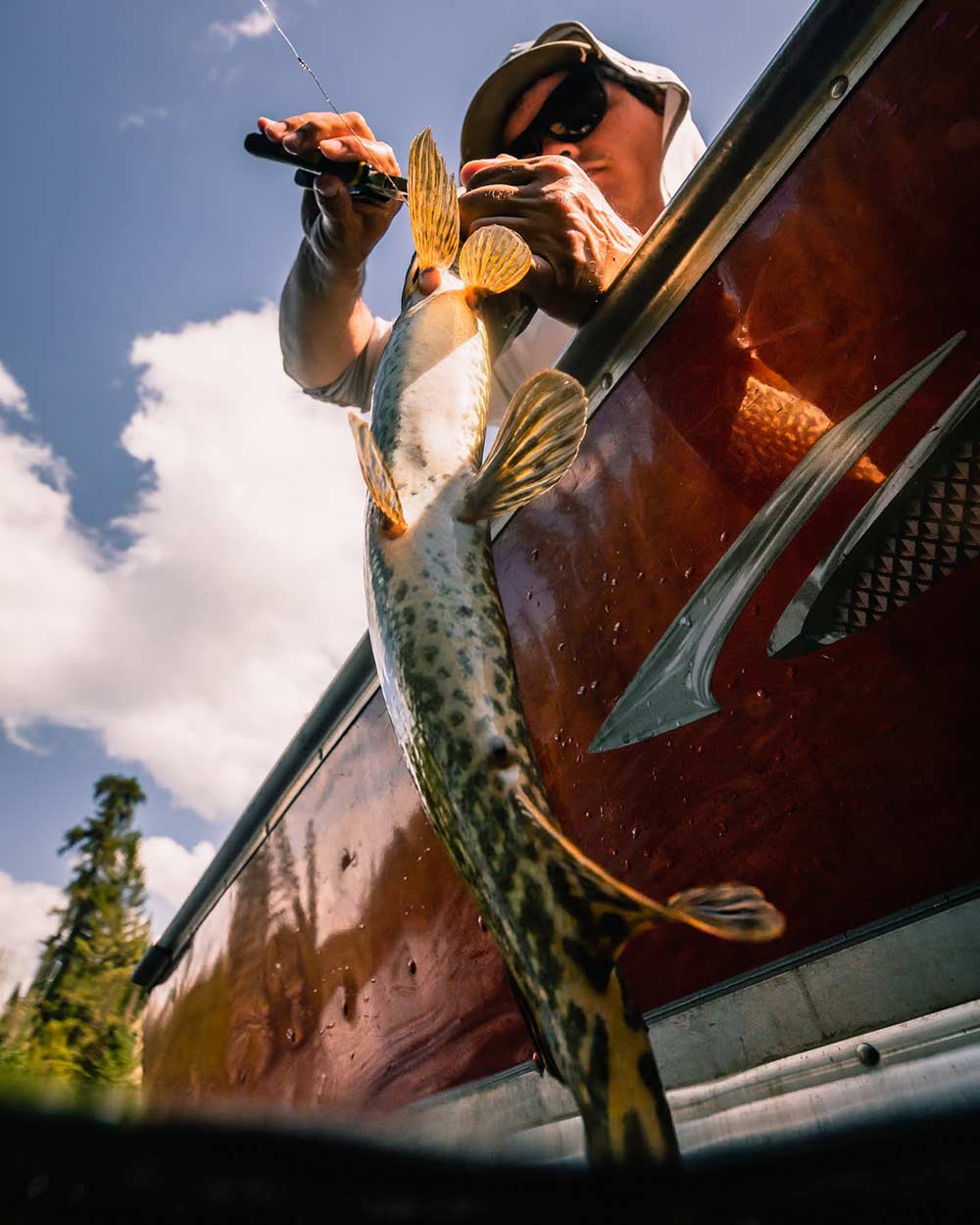
Pike have no trouble slicing through monofilament with their sharp teeth. Building a wire section into your leader using Rio’s powerflex wire bite will save you from losing the big one and limit the number of flies that are lost to bite-offs. Strengths of 30 – 40 pounds are standard and a length of 8 – 12 inches is recommended. Adding a fly snap like Rio’s fly clips to the end of the bite wire allows for quick fly changes and less time spent tying knots.
5. Superglue. Yes, Superglue.
Almost every pike fly in my box has a large set of eyes and many anglers believe predatory fish like pike key in on the eye of their prey. While pike is not selective feeders when you find that one fly that swims just right, it can become a mini tragedy when that fly loses its eyes or begins to fall apart. Packing superglue, an extra set of eyes or even a few basic tying materials allows for a little fly first aid and can work wonders in restoring confidence when your favourite fly gets a little too chewed up.
6. Floating And Sinking Line
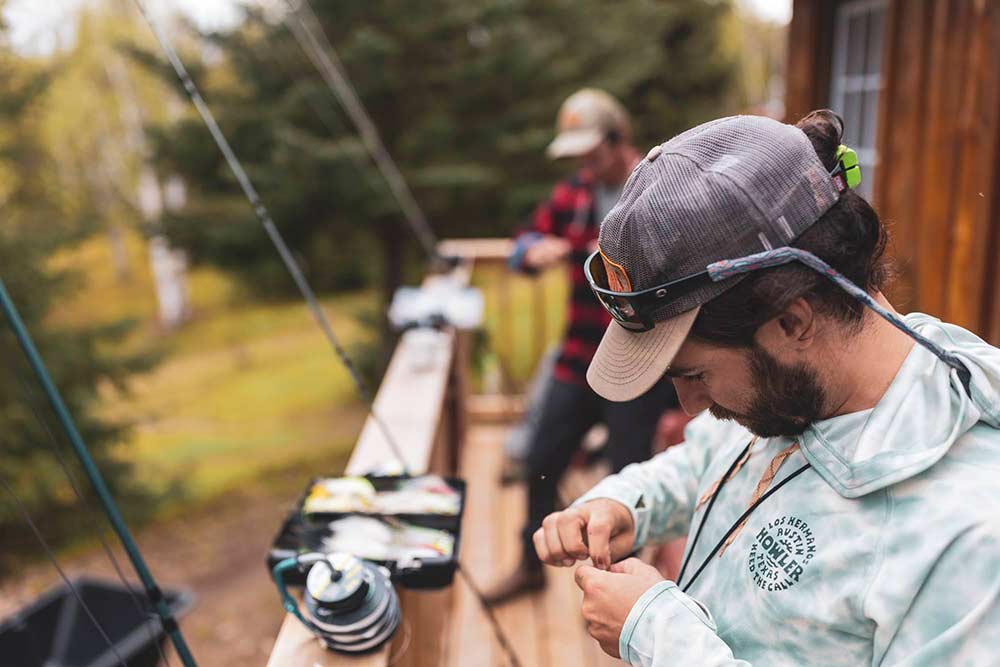
Fly anglers who have fallen in love with pike fly fishing usually cite the ability to sight fish and observe the aggressive takes as the reason for their addiction. When travelling north for pike fishing, we all hope to find huge fish willing to chase our flies in just a few feet of water. It’s about as exciting as fly fishing can get! But as the water warms in the spring, large fish will be the first to move off the shallow flats and into water that is a little deeper and cooler. If you had to pick just one setup, a nine or ten-weight intermediate sinking line that sinks 1 – 2 inches per second would be a good all-round choice. However, it is important to arrive with the ability to cover a variety of unexpected situations. Bringing a second set up with a type 5 or 6 sinking line for fishing deeper and another with a floating line if the opportunity to cast poppers presents itself is highly recommended.
7. Big Flies But Also Small Flies
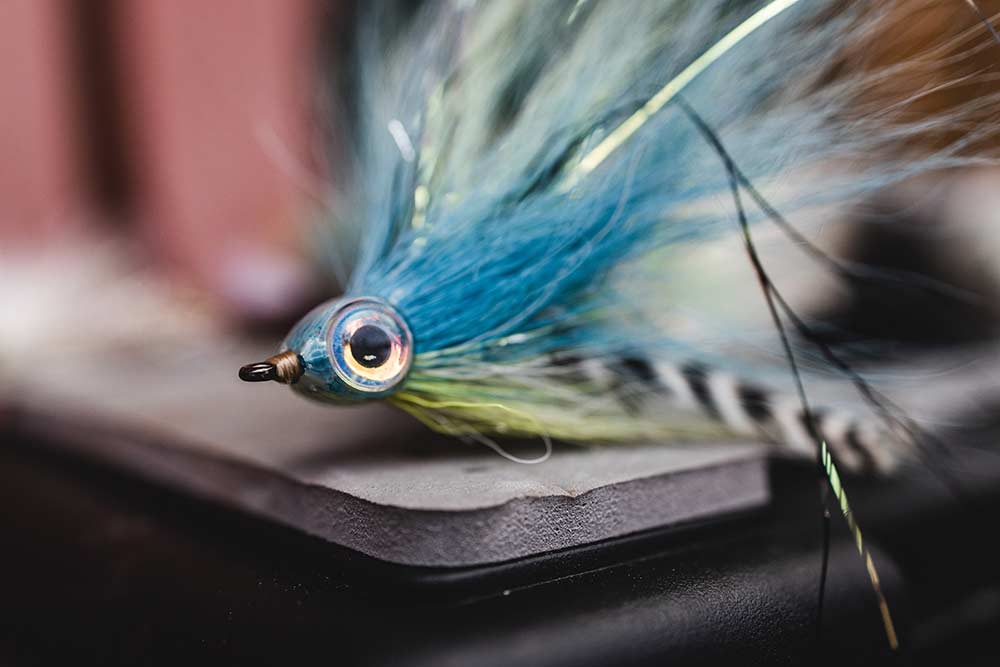
Pike flies can be as simple as a large hunk of rabbit strip fastened to a hook or an elaborate conglomeration of marabou, foam and a pile of chicken feathers that kick out at the side to imitate duck legs like Rio’s Duck Norris. When conditions are right, they all work. Other times a particular size or action of fly will clearly outfish other patterns.
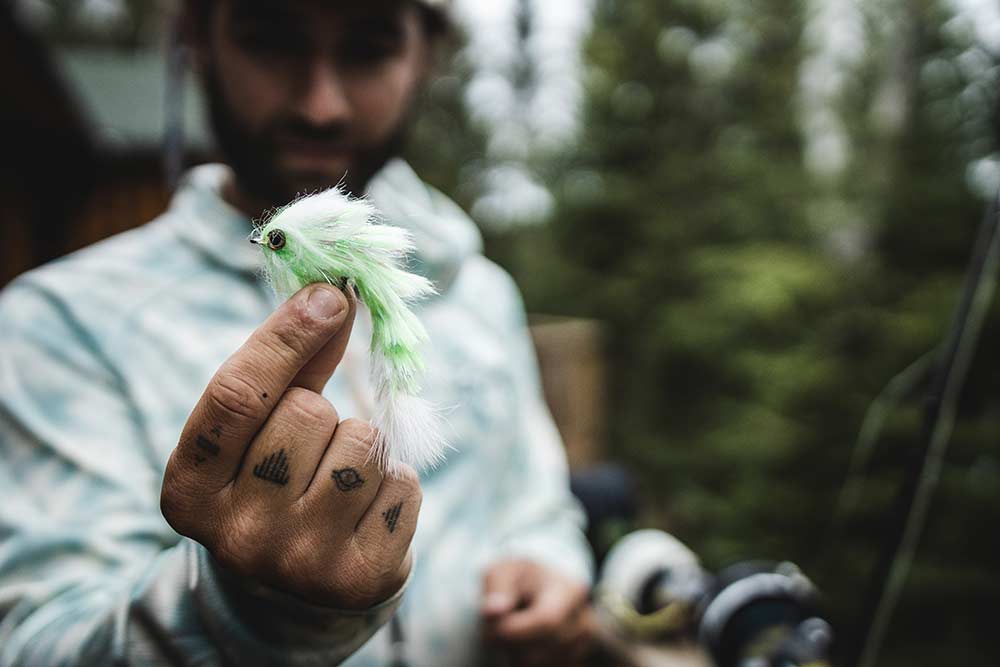
My favourite all-around pike fly is Gunnar Brammer’s Hollow Point. This articulated deceiver-style fly is easy to customize to match the forage fish that pike feed on. During our trip to Lodge Eighty Eight on Lake Esnagi, I was quick to swap out the larger hollow point for what became the hot fly of the trip. The fish showed a clear preference for smaller five-inch “game changers” whose series of articulations replicated the swimming action of a conventional swim bait and drove the pike absolutely wild. Even the larger fish preferred this smaller presentation and I know next time I am heading out for pike, I will be bringing a large supply of changers!
Related Posts
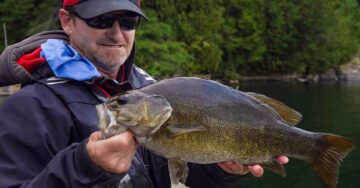
Algoma From The Air: Fly-in Bass Fishing
This Fish’n Canada episode was by far Pete’s most anticipated, “I...
Read More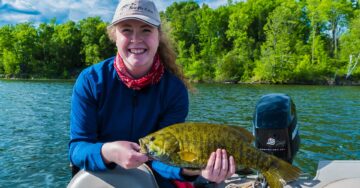
Family Fishing in Algoma Country
I’ve been travelling through Algoma Country for years. Exploring the...
Read More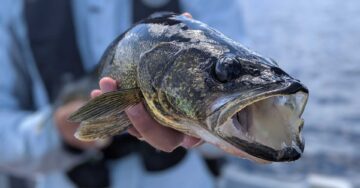
Walleye on the Fly in Algoma
One of Ontario’s most popular game fish to target is the walleye. There...
Read More